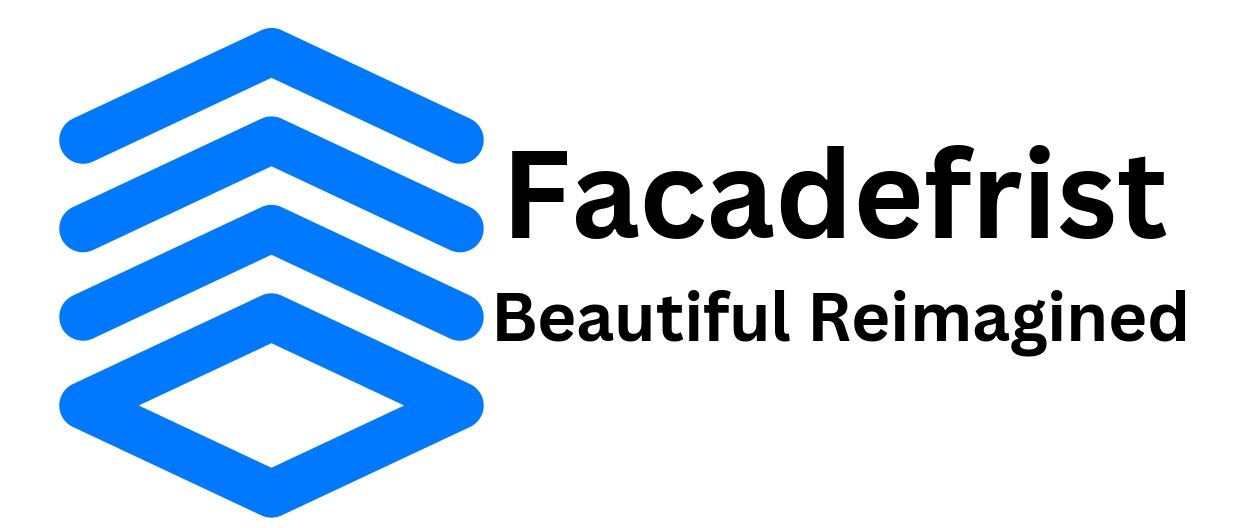What is a curtain wall?
Unlike other building materials, a curtain wall system is thin and lightweight, usually aluminum and glass. These walls are not structural, and by design, they are only able to carry their own weight, while transferring the load of wind and gravity to the structure of the building. The design makes it air and water resistant, to ensure that the interior of the building remains airtight.
System types
Curtain walls are available in three main systems: face-sealed, water-managed, and pressure-equalized. Face-sealed walls depend on perfect sealing between units of the wall and frame. Water-managed systems include moisture drains to prevent the intrusion of water in the building. However, neither face-sealed or water-managed systems create an air barrier.
The pressure-equalized system blocks all forces while keeping the building’s interior air-tight. The outside framing is designed to wash away water and prevent penetration. This is the strongest system, which provides a reliable resistance to air and water.
Benefits of curtain walls
The use of curtain walls has many advantages. Because of the use of lightweight materials, curtain wall systems are an affordable option for a building’s exterior casing. Depending on the size of the building, the savings may be compounded.
Because of the system’s ability to resist air and water infiltration, curtain walls are energy efficient. This will reduce your cost of heating, cooling, and lighting the building. So in addition to saving you money on construction, it has long-term savings benefits.
Another benefit of the curtain wall system is that it can be installed in small or large units, depending on the needs and preference for your project. The walls may span the distance of the floor to ceiling or be installed across multiple floors. This allows for a greater flexibility in design.
In part because of the versatility of the system, curtain walls are an attractive modern-looking option for you any building exterior.
Features of curtain wall systems
Though specifics will vary depending on the requirements of the project, curtain walls take into account important elements, including the effects of thermal expansion and contraction, the sway and movement of a building, and thermal efficiency.
Curtain walls can be installed with several glazing options, either inside, outside, or structurally. They can also be installed as a stick framed wall, which is split by mullions to create smaller panes. You can choose the length of your lines and the depths of the million depending on the requirements of the design. Stick-framed curtain walls provide lateral resistance, while allowing thermal movement.
rewrite in a better way with emojis
Show drafts
Curtain Walls: A Modern Architectural Marvel 🏢
Curtain walls are a popular choice for modern buildings, offering a sleek and stylish look while providing numerous benefits.
What is a Curtain Wall?
A curtain wall is a non-load-bearing wall that is attached to the building’s structural frame. Unlike traditional masonry walls, curtain walls are lightweight and primarily made of aluminum and glass. They are designed to resist wind loads and water infiltration, while also providing excellent thermal performance.
Types of Curtain Wall Systems
Face-Sealed Systems: These systems rely on precise sealing between wall panels and the frame to prevent water infiltration.
Water-Managed Systems: These systems incorporate drainage channels to divert water away from the building.
Pressure-Equalized Systems: These systems maintain equal pressure inside and outside the building, preventing air and water infiltration.
Benefits of Curtain Walls
Energy Efficiency: Curtain walls can significantly reduce energy consumption by improving insulation and reducing heat loss or gain.
Aesthetics: They offer a clean, modern look and can be customized with various materials, colors, and patterns.
Durability: Curtain walls are built to last, withstanding harsh weather conditions and minimizing maintenance requirements.
Flexibility: They can be designed to accommodate various shapes, sizes, and configurations.
Key Features of Curtain Wall Systems
Thermal Performance: High-performance glazing and insulation materials help maintain comfortable indoor temperatures.
Water Resistance: Advanced sealing techniques prevent water infiltration.
Air Tightness: Precisely engineered joints minimize air leakage.
Structural Integrity: The system is designed to withstand wind loads and seismic activity.
By combining aesthetics, functionality, and energy efficiency, curtain walls have become an indispensable element in contemporary architecture.
